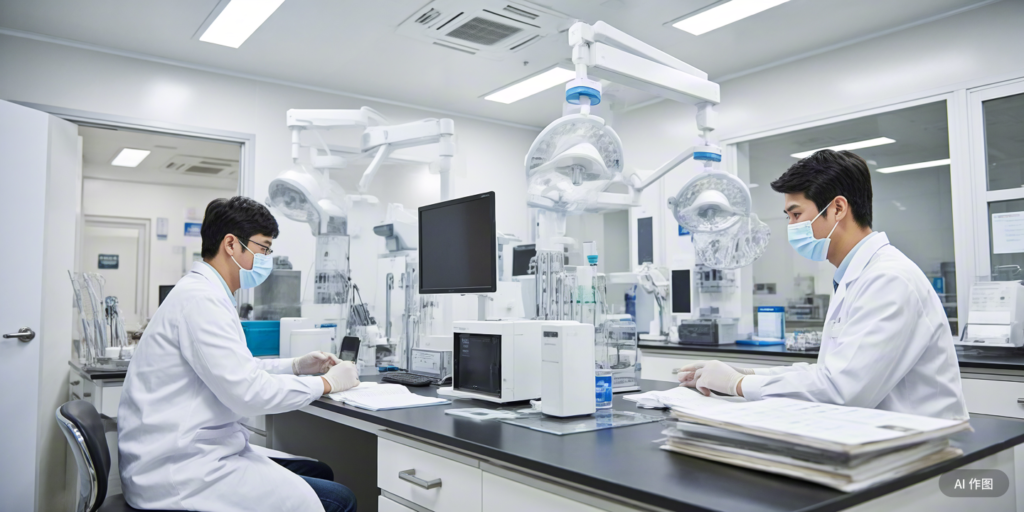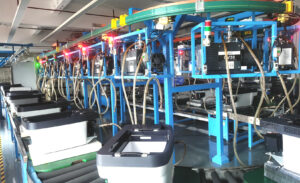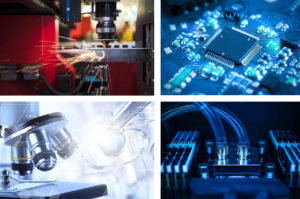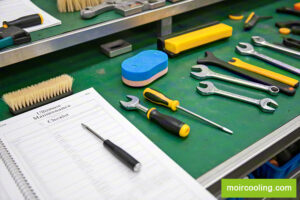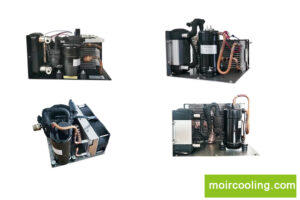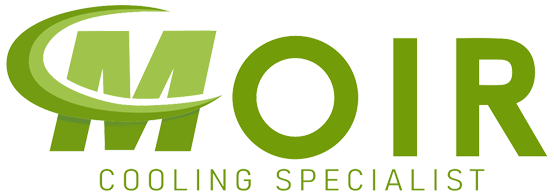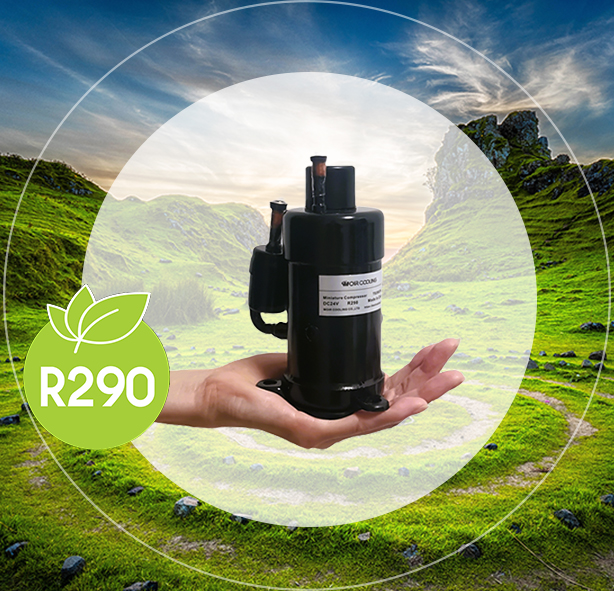In the high-stakes environment of medical laboratories, precision isn’t just a preference—it’s a lifeline. From preserving the integrity of biological samples to protecting sensitive equipment, accurate and consistent temperature control forms the backbone of lab reliability. As scientific processes evolve and cold chain fulfillment becomes increasingly vital, the need for robust, sustainable, and intelligentmedical lab coolingsolutions has never been greater.
Why Precise Cooling Is a Lifeline for Medical Labs
Medical labs handle materials and equipment that are incredibly sensitive to temperature fluctuations. Even minor deviations can render test results invalid or compromise patient safety. Unlike standard refrigeration, medical lab cooling systems must deliver a level of control and consistency that aligns with strict regulatory standards. This is particularly critical in environments dealing with biological samples, vaccines, and temperature-sensitive reagents.
Understanding the Role of Medical Lab Cooling
Why Cooling Is Critical for Sample Integrity
Samples such as blood, plasma, and DNA require specific cold storage ranges to maintain their molecular structure. If a sample’s temperature rises above its threshold, degradation begins rapidly, making it unusable for testing or research.
Sensitive Equipment That Depends on Stable Temperatures
High-end diagnostic tools, such as spectrophotometers and chromatographs, generate heat during operation. Without propertemperature control in medical labs, these instruments can overheat, malfunction, or produce inconsistent results.
Commonly Stored Materials That Require Cold Storage
- Vaccines and medications
- Tissue and organ samples
- Enzymes and chemical reagents
- Laboratory-prepared solutions
All of these rely on well-regulatedcold storage for laboratoriesto ensure safe use and accurate data.
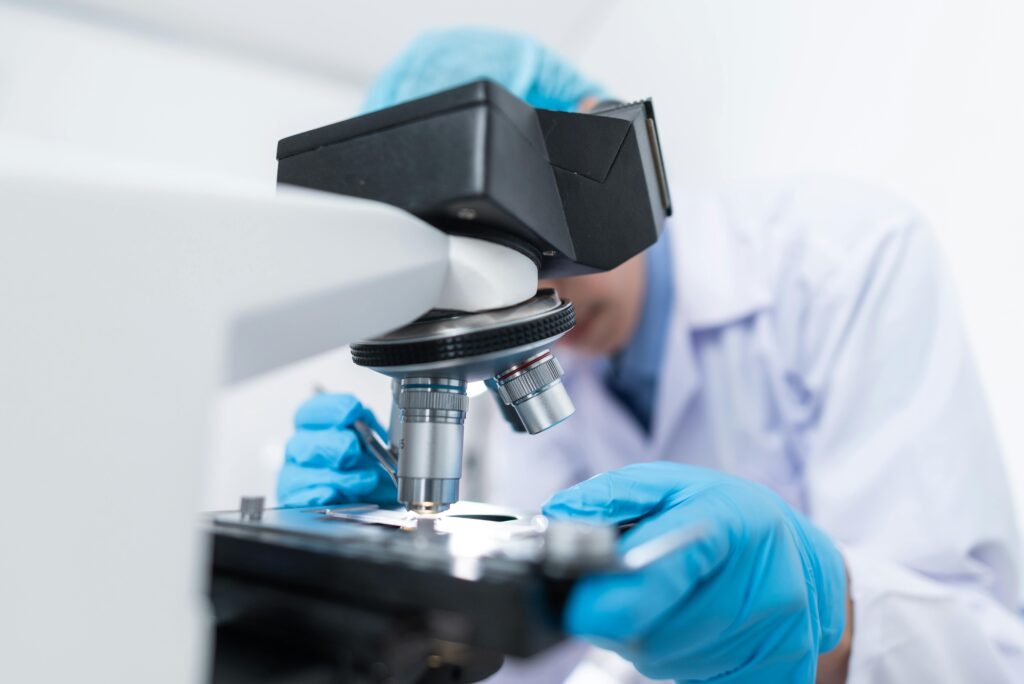
Types of Cooling Challenges Faced in Laboratories
Inconsistent Temperature Regulation Across Zones
Many labs struggle with uneven cooling within storage units. Hot and cold spots can lead to partial sample degradation or failed test results.
Equipment Overheating and Thermal Stress
Sensitive instruments require localized cooling to avoid thermal stress. Without it, calibration drift and premature wear are inevitable.
Power Outages and Their Impact on Cooling Systems
An unexpected blackout can disrupt temperature-sensitive operations, potentially ruining days or weeks of research. Lack of battery-operated or backup solutions puts labs at risk.
Fluctuating Ambient Temperatures in Lab Environments
Lab ambient conditions often fluctuate due to seasonal changes or HVAC inefficiencies. These fluctuations affect the performance of traditional refrigeration units, especially those with outdated insulation.
Humidity and Condensation Issues Inside Cooling Units
High humidity can lead to condensation inside storage units, increasing the risk of contamination or damage to packaging.
Limited Space for Large Cooling Systems
Urban and compact lab spaces often can’t accommodate large refrigeration systems, creating a need forcompact chillers for labsor modular cooling options.
Energy Consumption and Sustainability Pressures
Labs are under growing pressure to meet sustainability goals without compromising performance. Older cooling systems often consume excessive power and use high-GWP refrigerants.
Impacts of Cooling Failures in Medical Labs
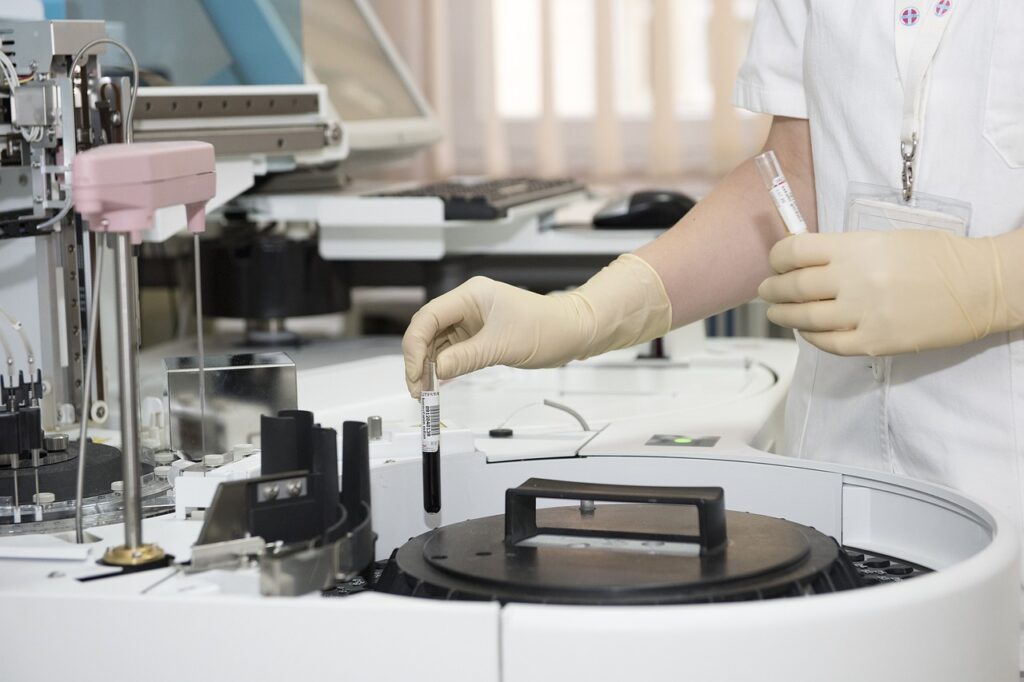
Sample Degradation and Contaminated Results
Just one degree above the required temperature can compromise sensitive materials. The resulting errors in diagnostic tests can have life-altering consequences.
Financial Losses from Wasted Reagents and Medications
Specialty reagents and medications are costly. A single cooling failure can lead to thousands of dollars in losses.
Research Setbacks Due to Invalidated Experiments
When cooling systems fail, researchers may need to restart entire experiments, costing time and delaying publications or drug development.
Safety Risks for Staff Handling Temperature-Sensitive Substances
Improper cooling may lead to chemical instability, increasing the risks of toxic exposure or reactions.
Causes Behind Poor Cooling Performance
Outdated Cooling Technology and Aging Equipment
Old systems often suffer from degraded seals, inefficient insulation, and refrigerant leaks.
Improper Placement of Cooling Units
Positioning units near heat-generating equipment or in poorly ventilated areas can hinder their effectiveness.
Inadequate Maintenance and Neglected Inspections
Lack of regular inspections increases the chance of unnoticed failures, leading to silent sample degradation.
Lack of Backup Systems in Case of Emergencies
Many labs overlook the importance of dual cooling units or thermal storage backups, putting operations at constant risk.
Modern Cooling Solutions for Medical Laboratories
Compact Chiller Systems for Lab Equipment Cooling
Miniaturized chillers can be installed close to lab instruments to prevent overheating. These systems are ideal for space-limited environments and provide localized precision cooling.
Ultra-Low Temperature Freezers with Advanced Insulation
These freezers offer consistent sub-zero temperatures for long-term storage of biological samples. Enhanced insulation reduces power consumption and minimizes frost build-up.
Portable Compressor-Based Freezer Boxes for Field Use
Perfect for mobile labs or field testing,portable freezer boxes for labscombine mobility with professional-grade cold storage. These units often support dual AC/DC input and perform reliably in extreme environments.
Smart Refrigeration Systems with Remote Monitoring
IoT-integrated systems enable real-time temperature tracking, automated alerts, and predictive maintenance, reducing human error and improving compliance.
Eco-Friendly Refrigerants for Greener Labs
Low-GWP refrigerants like R290 and R134a help reduce the lab’s environmental footprint while maintaining high cooling performance.
Introducing MOIR Compact Cooling Solutions for Medical Lab Cooling

At MOIR Cooling, we specialize in developingcompact cooling systemsdesigned specifically for the demanding needs of modern medical laboratories. Our mini chiller modules and portable compressor-based freezer boxes are engineered to deliver pinpoint temperature control, even in space-constrained or mobile settings.
MOIR’smedical refrigerationsolutions use low-GWP refrigerants such as R134a and R290, ensuring compliance with global sustainability standards. With AC/DC compatibility, ultra-low temperature performance, and smart monitoring capabilities, our systems help labs avoid costly temperature deviations while reducing energy consumption.
Whether you’re outfitting a centralized testing facility or a decentralized diagnostics unit, MOIR offers scalable, modular cooling technologies to support your cold chain operations with confidence. Discover how we maketemperature you can trusta reality.
Designing an Optimal Medical Lab Cooling System
Assessing Load Requirements and Storage Volumes
Start with a thorough assessment of the type and quantity of items to be stored. Ensure your cooling system can handle peak loads without performance dips.
Zoning and Airflow Considerations in Lab Layout
Strategic placement of cooling units enhances efficiency. Avoid blocking airflow and separate heat-generating devices from storage zones.
Redundancy Planning: Building in Backup Cooling
Plan for failure scenarios by integrating backup systems, such as thermal storage units, portable freezers, or dual cooling setups.
Integration with Smart Monitoring and Alerts
Use digital dashboards and mobile apps for real-time tracking. Smart alerts enable quick response to any fluctuations or system failures.
Choosing the Right Cooling Technology
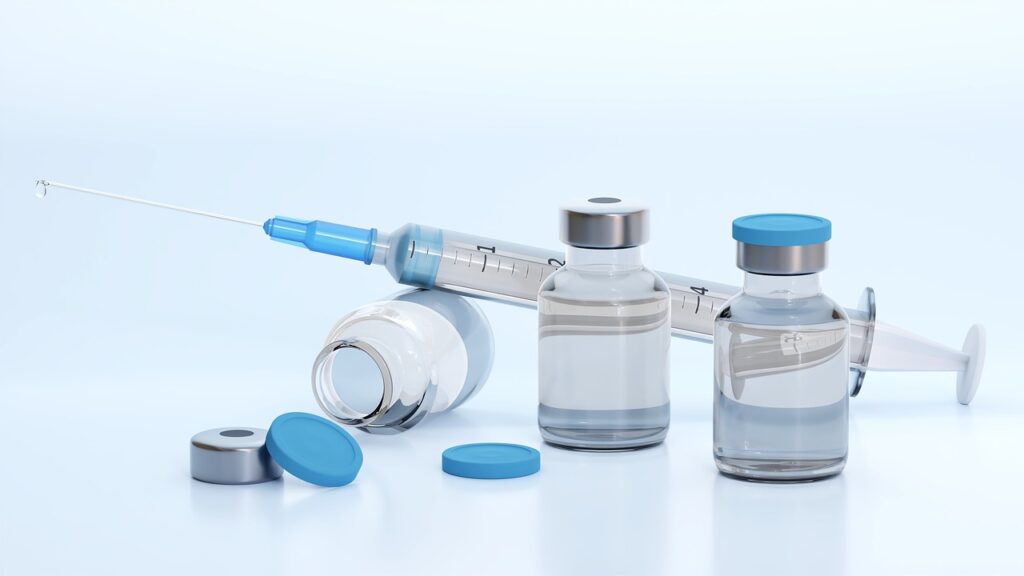
Comparing Compressor, Absorption, and Thermoelectric Cooling
- Compressor-based systemsoffer strong, scalable cooling and are ideal for most labs.
- Absorption systemsrequire no moving parts but are less efficient.
- Thermoelectric coolersare compact but suitable only for small-scale, low-temperature variance needs.
When to Choose Modular Over Centralized Cooling
Modular systems allow flexibility and scalability. They’re ideal for growing labs or specialized departments with varied cooling needs.
Voltage, Noise, and Size Considerations for Lab Environments
Choose low-noise, vibration-free systems that fit the lab’s electrical infrastructure and spatial constraints.
Preventive Measures to Avoid Cooling Failures
Scheduled Maintenance and Performance Audits
Routine maintenance catches issues early. Schedule inspections of compressors, seals, insulation, and electrical connections.
Real-Time Monitoring of Critical Parameters
Use sensors to monitor temperature, humidity, and equipment status 24/7. Cloud-based dashboards improve oversight.
Staff Training on Cooling Protocols and Emergency Handling
Train staff to recognize early warning signs of failure and respond effectively to minimize impact.
Power Backup and Emergency Cooling Strategies
Battery-Operated Units for Short-Term Cooling
These are essential during brief outages, offering temporary protection for vital samples.
Solar-Powered Backup Systems for Off-Grid Resilience
Especially useful in remote locations, solar-powered systems keepportable freezer boxesrunning during power failures.
Using Thermal Storage Solutions to Maintain Cold Chain
Phase change materials and gel packs can provide passive cooling during emergencies, protecting materials in transit or storage.
Sustainability in Lab Cooling
Reducing Energy Consumption Without Compromising Performance
Use high-efficiency compressors, better insulation, and smart energy management systems.
Transitioning to Low-GWP Refrigerants
Replace older units with those using environmentally friendly refrigerants to meet global standards.
LEED and Energy Star Certifications for Lab Equipment
Certifications help ensure energy efficiency, which contributes to long-term cost savings and regulatory compliance.
Future Trends in Medical Lab Cooling
Rise of Mobile Cold Storage for On-the-Go Diagnostics
As field testing becomes more common, compact and portable solutions like custom freezer boxes will become indispensable.
Growth of Personalized Medicine and Its Cooling Demands
Tailored treatments often involve unique storage needs, requiring adaptive, precise cooling systems.
Decentralized Lab Models and the Need for Scalable Cooling
Smaller, distributed labs need scalable and modular cooling solutions that can be rapidly deployed and customized.
Conclusion
Cooling is no longer a background utility—it’s a mission-critical component in modern medical laboratories. The cost of failure can be measured in compromised results, financial losses, and even patient outcomes. With rising demands incold chain fulfillmentand sustainability, investing in modern, resilient, and efficient cooling systems isn’t optional—it’s essential.
Whether you’re operating a centralized research facility or a decentralized mobile lab, the key to consistent accuracy is simple:temperature you can trust.

